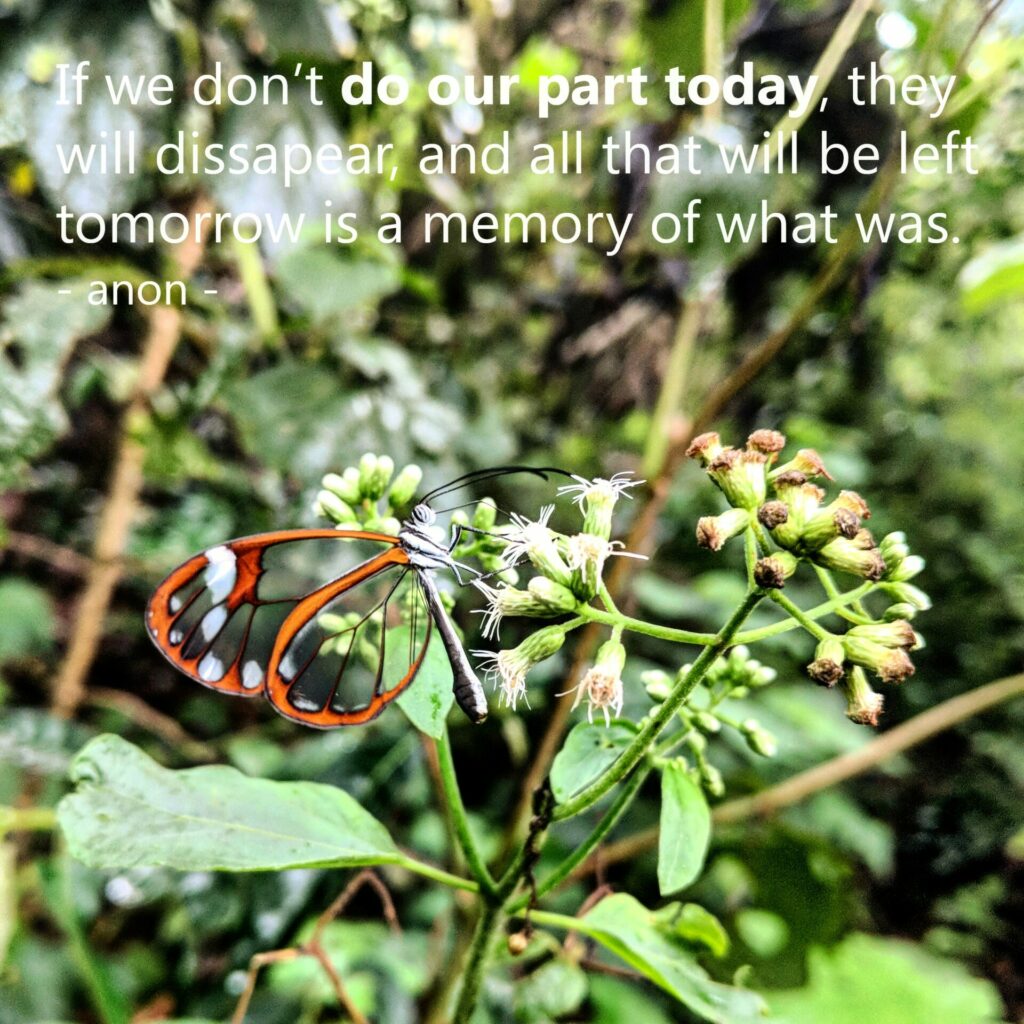Unveiling Evolutionary Mysteries:
The role of digital collections in insect research in modern research cannot be overstated. In the intricate tapestry of life, insects stand as witnesses and architects of evolutionary processes. With the advent of digital image collections like BugGuide and iNaturalist, traditional scientists and amateur enthusiasts have a powerful tool to unravel the secrets of evolutionary biology. In this article, we delve into the fascinating world of insects, exploring how digital image collections contribute to our understanding of their evolutionary journeys.
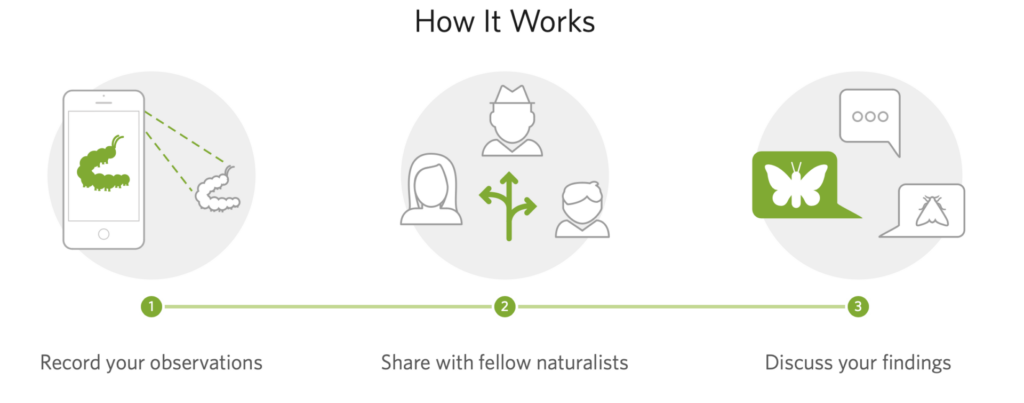
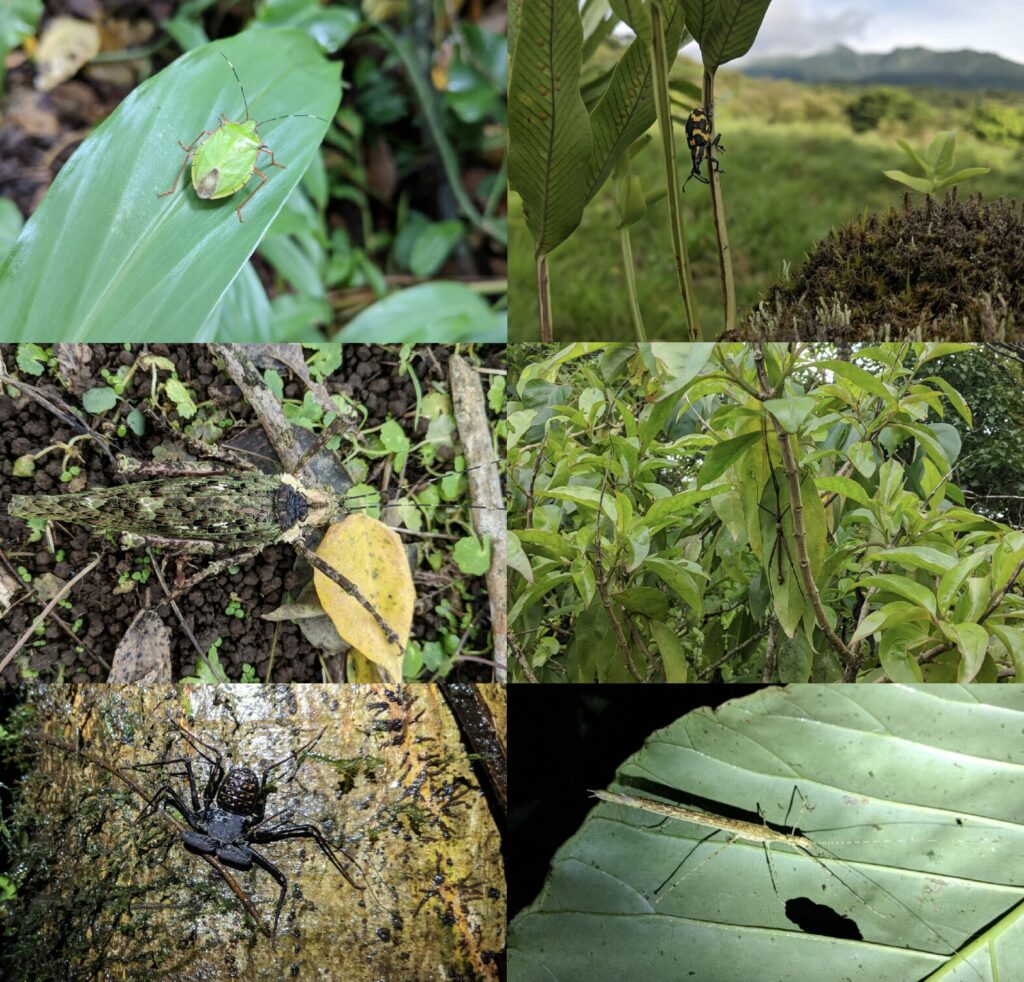
Class Insecta:
I may be biased in my love and appreciation for these organisms, but, insects comprise the most diverse group of organisms on Earth, with over a million described species and potentially millions more awaiting discovery. This staggering diversity poses both a challenge and an opportunity for researchers to study not just morphology but the evolutionary pathways of these fascinating creatures.
A Treasure Trove of Data:
Digital image collections serve as virtual museums, housing an extensive array of high-quality photographs capturing the intricate details of insect morphology. These collections provide researchers with unprecedented access to specimens from around the globe, facilitating the examination of subtle variations crucial to understanding evolutionary processes.
Exploring Morphological Adaptations:
One key aspect of evolutionary biology involves studying how organisms adapt to their environments over time. Digital image collections enable scientists to explore and compare morphological adaptations in insects. From wing patterns to mouthparts, researchers can analyze minute details, aiding in identifying adaptive traits and formulating evolutionary hypotheses.
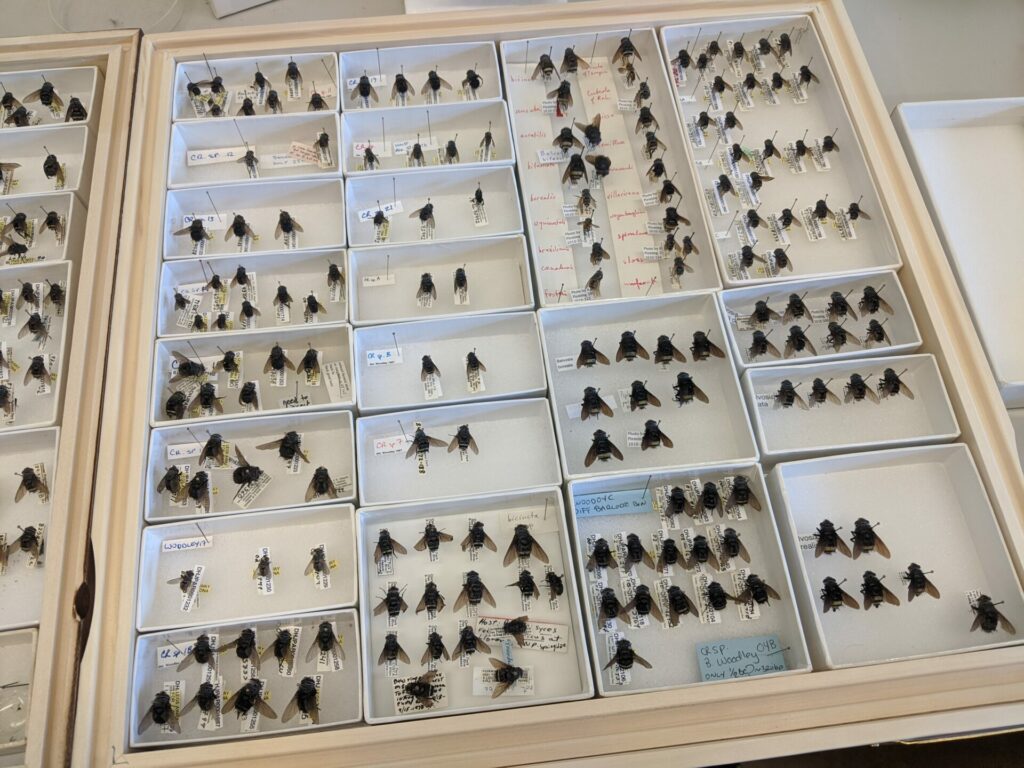
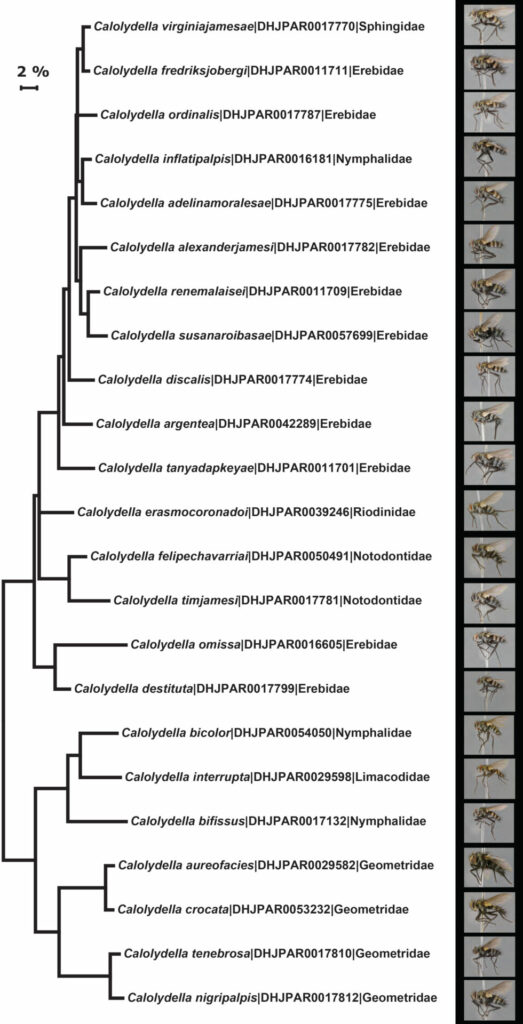
Taxonomic Studies and Phylogenetics:
Far from the verbose and often misinterpreted written descriptions of days gone by, digital image collections play a vital role in taxonomic studies, helping scientists classify and categorize insects based on shared characteristics. Additionally, these collections contribute to phylogenetic research by providing visual evidence for constructing evolutionary trees, elucidating the evolutionary relationships between different insect taxa.
Understanding Behavioral Evolution:
Beyond morphology, digital image collections capture glimpses into the behavioral traits of insects. Observing courtship rituals, mating behaviors, and social interactions contributes to our understanding of how these behaviors have evolved over time, shedding light on the selective pressures that have shaped insect societies. Understanding behaviors such as feeding strategies or the incidence of specialism versus generalism can help researchers make informed decisions on organism use in biocontrol or the potential impacts a particular organism may or may not have when introduced into a novel environment.
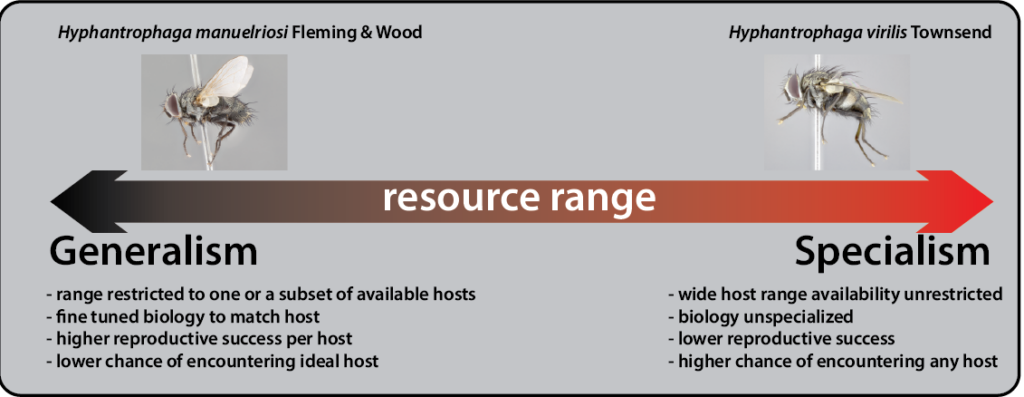
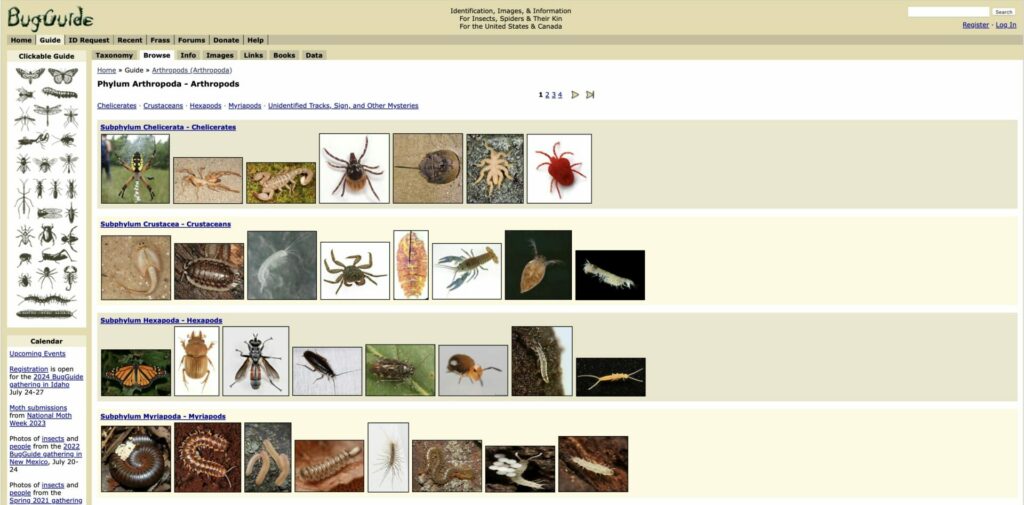
Citizen Science and Collaborative Research:
The democratization of science is a hallmark of the digital age. Digital image collections empower citizen scientists to contribute valuable data, expanding the scope of research. Repositories of images, including even Instagram and Facebook are capable of providing unimaginable quatities of raw data. Collaborative efforts between professional researchers and citizen scientists enhance the quantity and diversity of observations, accelerating our collective understanding of insect evolution.
Conservation Implications:
Studying the evolutionary biology of insects through digital collections has broader implications for conservation. Individual images shared by professionals and amateurs alike are providing data points of biodiversity. By understanding a species’ evolutionary history, researchers can better devise strategies for its preservation and habitat conservation, contributing to the overall health of ecosystems. The digital image collections which exist in the vastness of the internet, also have the added benefit of outreach sharing the beauty and mystery of insects with a previously untapped stratum of the population.
Digital collections in insect research have transformed the knowledgebas and landscape of science, offering a dynamic platform for exploring theories of evolutionary biology. As we delve deeper into insects’ evolutionary mysteries, these virtual repositories of knowledge continue to inspire awe and curiosity, unlocking the secrets of life’s remarkable diversity.
